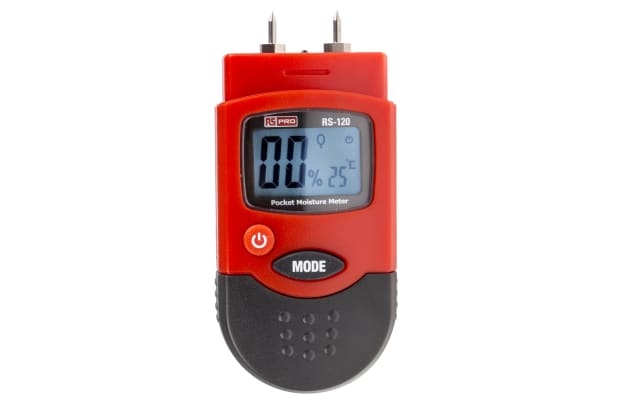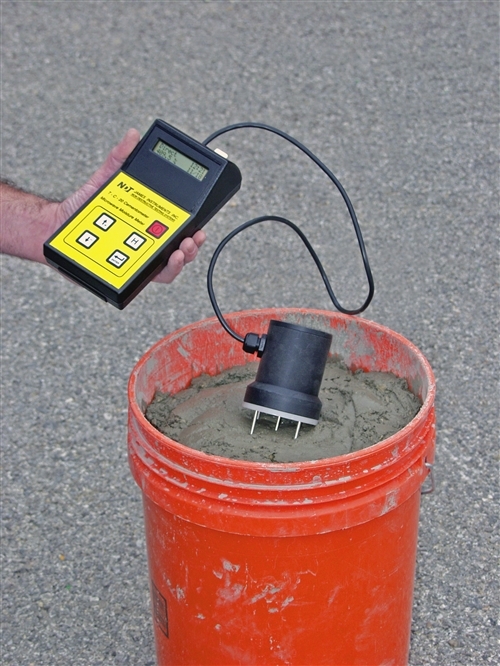Just how to Make Use Of a Moisture Meter to Detect Covert Water Damage in Your Residential property
Just how to Make Use Of a Moisture Meter to Detect Covert Water Damage in Your Residential property
Blog Article
Explore the World of Moisture Meters: Everything You Required to Know
In the world of moisture meters exists a globe of accuracy and functionality that often goes undetected. Understanding exactly how moisture meters run, the different kinds available, and their varied uses can drop light on their importance in guaranteeing top quality and effectiveness.
Just How Moisture Meters Work
Moisture meters operate by determining the electric conductivity or capacitance of materials to figure out the dampness content existing. These meters are invaluable tools throughout numerous industries, including agriculture, woodworking, and building. By using various approaches such as pin-type or pinless technology, wetness meters give exact readings that help experts make notified choices.
Pin-type dampness meters function by putting the sharp pins right into the product being tested. The electrical conductivity between the pins is then determined, with higher wetness levels bring about increased conductivity. Moisture Meter. On the other hand, pinless moisture meters use electromagnetic signals to scan a larger area without causing any damage to the product's surface area. These meters are ideal for quickly assessing moisture levels in huge locations or ended up items.
No matter of the technique used, moisture meters play an essential role in preventing concerns such as mold and mildew growth, structural damages, or product defects brought on by excess dampness. Comprehending how these meters job is necessary for making sure the high quality and integrity of products in different applications.
Kinds Of Moisture Meters
Offered the important function moisture meters play in different industries, it is essential to recognize the different kinds available to specialists for precisely assessing wetness levels - Moisture Meter. There are mostly two major kinds of dampness meters: pin-type and pinless dampness meters

On the other hand, pinless dampness meters make use of electro-magnetic sensor plates to check a larger location of the material without triggering any damages. This type is appropriate for quickly scanning huge areas and is generally used for floor covering, walls, and ceilings. Pinless meters are practical for taking readings on finished surface areas without leaving any visible marks.
Both sorts of moisture meters have their benefits and are chosen based on the details requirements of the work at hand. Comprehending the distinctions between these kinds is crucial for experts to make exact moisture evaluations.
Applications Throughout Industries
Building experts count on moisture meters to evaluate internet the dampness degrees in building products like wood, concrete, and drywall, which is vital for keeping architectural honesty and protecting against issues like rot or mold and mildew. The floor covering sector makes use of dampness meters to gauge the dampness content in subfloors before setting up different floor coverings, protecting against costly problems due to excess wetness. go to this website In the food industry, moisture meters are used to keep track of and control moisture levels in items such as grains, nuts, and dried out fruits to keep freshness and high quality.
Tips for Utilizing Moisture Meters
Utilize the wetness meter's calibration setups to ensure accurate analyses when measuring the moisture content in various materials. Additionally, make sure the meter is established to the correct dampness array for the product you are gauging to acquire the most exact results.
When utilizing a pin-type moisture meter, insert the pins to the appropriate deepness advised for the product being checked. This makes sure that the wetness readings are taken from the correct deepness within the product, offering a more accurate depiction of its wetness material. For pinless moisture meters, remember to keep appropriate contact with the material's surface area to obtain trustworthy readings.
On a regular basis inspect and change the batteries in your wetness meter to avoid imprecise readings due to reduced power. When not in use to prolong its life-span and maintain its precision, Store the meter in a secure and completely dry place. By complying with these tips, you can make the most of the efficiency of your wetness meter and get accurate dampness material measurements across various materials.
Upkeep and Calibration
To guarantee the precision of moisture material dimensions, routine upkeep and calibration of the wetness meter are important action in its correct functioning. Upkeep entails keeping the wetness meter cost-free and clean from particles that can affect its readings. It is very important to follow the producer's standards for cleansing to avoid damages to the tool. Additionally, routine calibration is needed to verify the accuracy of the analyses. Calibration readjusts the dampness meter to ensure this content that it offers constant and trusted results.
Calibration ought to be performed occasionally, particularly if the moisture meter is made use of frequently or in critical applications where specific measurements are called for. By preserving and calibrating the dampness meter frequently, individuals can trust the precision of the moisture material measurements acquired.
Conclusion

In verdict, wetness meters play a crucial function in numerous industries by accurately gauging the moisture content of products. Recognizing how these gadgets function, the various types offered, and correct upkeep and calibration are important for acquiring reliable results. Whether in manufacturing, construction, or agriculture, using dampness meters aids ensure quality control and efficiency in processes.

In verdict, dampness meters play a critical duty in different markets by precisely measuring the dampness web content of products.
Report this page